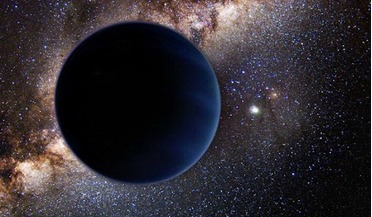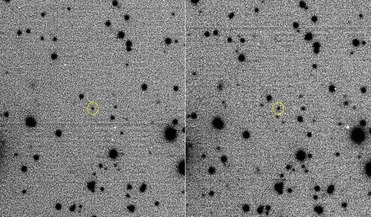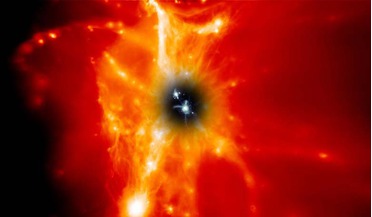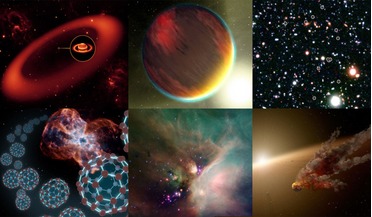 21 January 2019
Is this the end for Planet Nine?
21 January 2019
Is this the end for Planet Nine?
.... Nevertheless, it is interesting to note that observations of Kuiper belt analogues around other stars, as well as planet formation models, reveal massive remnant populations of debris. Of course there is the possibility that both a massive disc and...
 23 May 2018
First permanent extrasolar asteroid found near Jupiter
23 May 2018
First permanent extrasolar asteroid found near Jupiter
... poles I.e they are perpendicular to the plane containing the orbits of the planets. According to our planet formation models, this type of orbit shouldn’t occur as the planets (and other small bodies) should orbit on the same plane and in the...
 06 June 2016
Galaxies guilty of 'wasting' precious planet building material
06 June 2016
Galaxies guilty of 'wasting' precious planet building material
...should be top of the list for galactic re-use in star and planet formation, however in a new study led by the University of Colorado Boulder... that appear red but also have little star formation. Nonetheless, despite the disparity in the galaxies ...
 17 May 2019
First science results released on Ultima Thule
17 May 2019
First science results released on Ultima Thule
... planetary scientists believe that the first stage of planet formation is the accumulation of dust and ice grains into... of the same stuff, perhaps that could help shed light on Pluto’s formation. However there is a long way to go yet before all of the...
 31 January 2020
A final farewell to NASA's Spitzer Space Telescope
31 January 2020
A final farewell to NASA's Spitzer Space Telescope
... asteroids in our own solar system and found a previously unidentified ring around Saturn. It studied star and planet formation, the evolution of galaxies from the ancient universe to today, and the composition of interstellar dust. It also proved...
 09 February 2016
Are Earth-like worlds built like Earth?
09 February 2016
Are Earth-like worlds built like Earth?
... well-measured masses and radii. Not only that, but theoretical models of planet formation predict that planets intermediate in size between Earth and Neptune could be gaseous ‘mini- Neptunes,’ rocky ‘Super-Earths,’ or indeed water ...